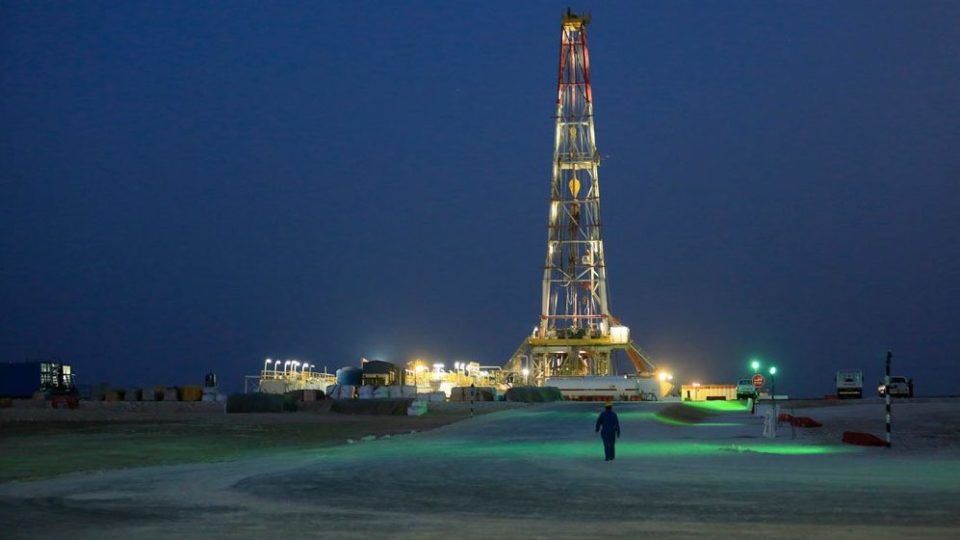A significant increase in oil and gas investment is required to stave off a coming global energy crisis, according to an international body that represents energy ministers from 70 producing and consuming nations including Canada, the United States, China, India, Norway and Saudi Arabia.
Without substantial new investment, world markets could be short 27 million barrels of oil equivalent per day by 2022 due to the sharp drop in spending by producers because of COVID-19, according to a December joint report by the International Energy Forum (IEF) and Boston Consulting Group (BCG).
The report predicts the shortage could rise to 68 million boe/d by 2030 even if demand growth post-COVID continues at below the historical average. It warns that reduced supply could lead to greater market volatility and higher prices, slowing the global economic recovery and jeopardizing energy security and international goals like reducing greenhouse gas emissions and supporting social equity.
“The key issue in a post-COVID-19 market risk assessment should not be peak demand but peak investment,” the report says.
“Lower [investment] levels appear to be insufficient to deliver the volumes of oil and gas needed to maintain market stability…Even if oil demand were to flatten, the industry would still need to make significant investments to compensate for production declines (natural oil and gas production decreases over the life of a well as the deposit it taps is depleted).”
The reduced investment in oil and gas is unlikely to result in a faster transition to lower-carbon resources, according to the IEF and BCG. That’s because governments would probably see high fuel prices from a market out of balance as a strategic threat, and would seek to boost domestic production in a bid to strengthen energy security.
“Given the energy security concerns that prevail in many countries, the reserves brought online would likely generate a higher level of unwanted greenhouse gas emissions than if pure economics held sway,” the report says.
Spending cuts and required investment
IEF and BCG are not alone warning that substantially more needs to be spent on oil and gas development. According to a December report by Rystad Energy, “the world is on track to run out of sufficient oil supplies to meet its needs through 2050,” despite potential for lower future demand due to the COVID-19 pandemic and the transition to low-carbon energy sources.
“To meet the global cumulative demand over the next 30 years, undeveloped and undiscovered resources totaling 313 billion barrels of oil need to be added to currently producing assets,” according Rystad analysts. They calculate that “to match this requirement, exploration programs will have to discover a worthy-to-develop resource of 139 billion new barrels of liquids by 2050, an impossible task if this decade’s low exploration activity levels persist.”
IEF and BCG estimate that globally, oil and gas companies cut capital spending by a combined 34 per cent in 2020 and are likely to cut by another 20 to 30 per cent in 2021. This is more than the initial reduction of 28 per cent following the price decline that started in 2014 – and the impacts are going to be steeper and harder to recover from.
In the two years following the 2014 price collapse, oil and gas producers leaned on suppliers in the service sector to cut costs, which they did sharply, by 30 per cent or more.
“This time around, suppliers have less scope to do that,” the report says, estimating that in 2014 a $1 cut in capital spending reduced actual activity by 34 cents. In 2020, a $1 cut in spending diminishes actual activity by 87 cents.
Analysis by IEF and BCG suggests that industry investment will have to rise over the next three years by at least 25 per cent annually from 2020 levels, and that by 2030 investment will need to rise by at least $225 billion from 2020 to stave off a crisis.
Increasing social disparity
Lower spending on oil and gas threatens social equity around the world, according to IEF and BCG.
“Even before the pandemic, an estimated 1.3 billion people worldwide had no access to electricity; 2.8 billion lacked access to clean cooking fuels; 2.5 billion had no clean water; 800 million lived in extreme poverty…and air pollution inside buildings caused 4 million premature deaths annually (exceeding current COVID-19 mortalities), according to UN figures,” the report says.
The pandemic is stressing the situation further, with global economic growth expected to decline to -4.4 per cent in 2020.
“Against this backdrop, reduced upstream spending by oil and gas companies and tighter investment constraints will make achieving global goals such as affordable access to modern energy services and healthy living conditions more costly and more challenging, increasing social disparities worldwide,” the report says.
A barrier to reducing greenhouse gas emissions
Increasing difficulty to invest in oil and gas hampers the ability for producers to reduce their environmental footprint, according to IEF and BCG. This goes against policy objectives, as energy demand forecasts show continued reliance on fossil fuels for some time to come.
Data from IHS Markit indicates that while 2020 could go down in history as a “pivot point” for development of non-carbon energy, the dominance of fossil fuels is decades from over.
In December, analysts forecast that non-carbon energy (wind, solar, geothermal, hydro and nuclear power) would reach or exceed 10 per cent of global demand in 2020, a mark not seen before. If the trend continues, non-carbon energy could meet 13 to 16 per cent of global demand in 2030. That would leave it up to fossil fuels to satisfy 73 to 77 per cent of the world’s primary energy needs.
“Fossil fuel demand is unlikely to record persistent demand declines,” IHS Markit said. “And a return to global economic growth in 2021 would lead to an increase in overall fossil fuel demand.”
